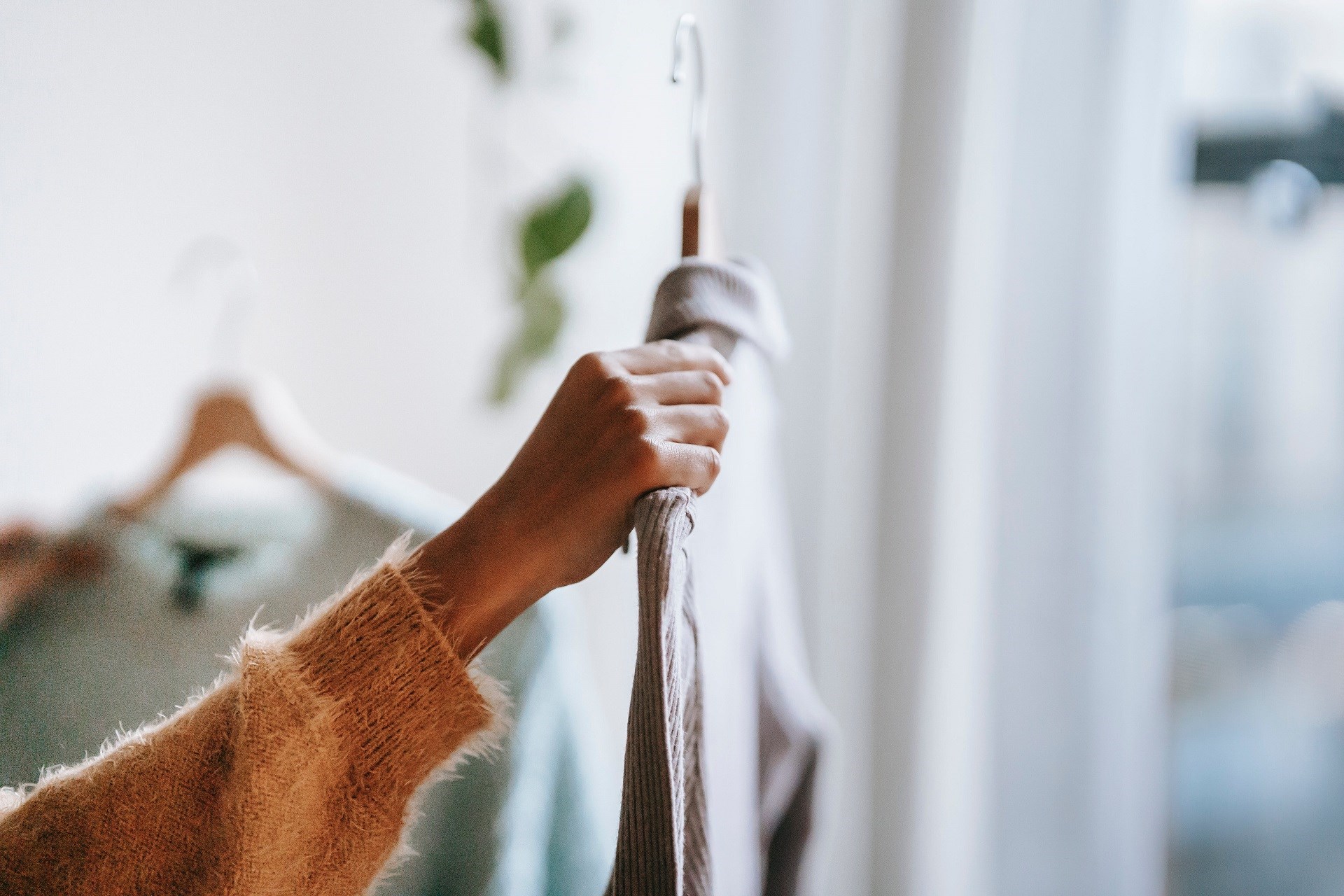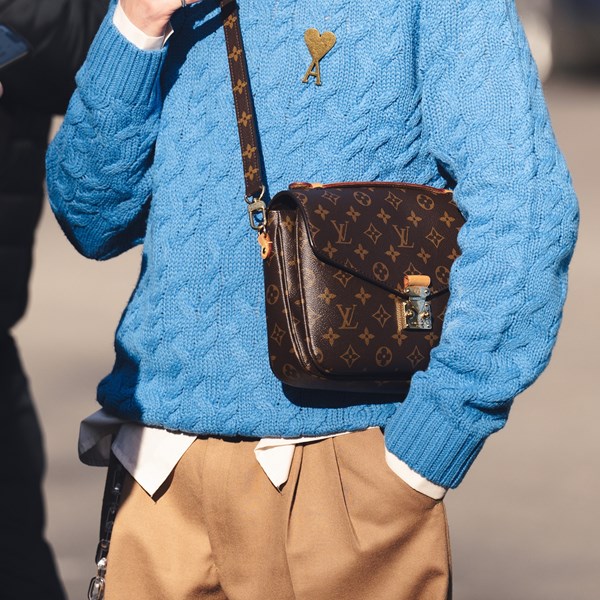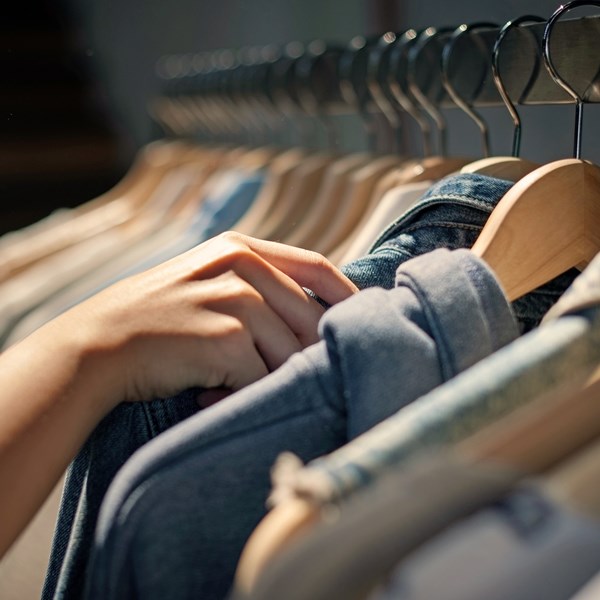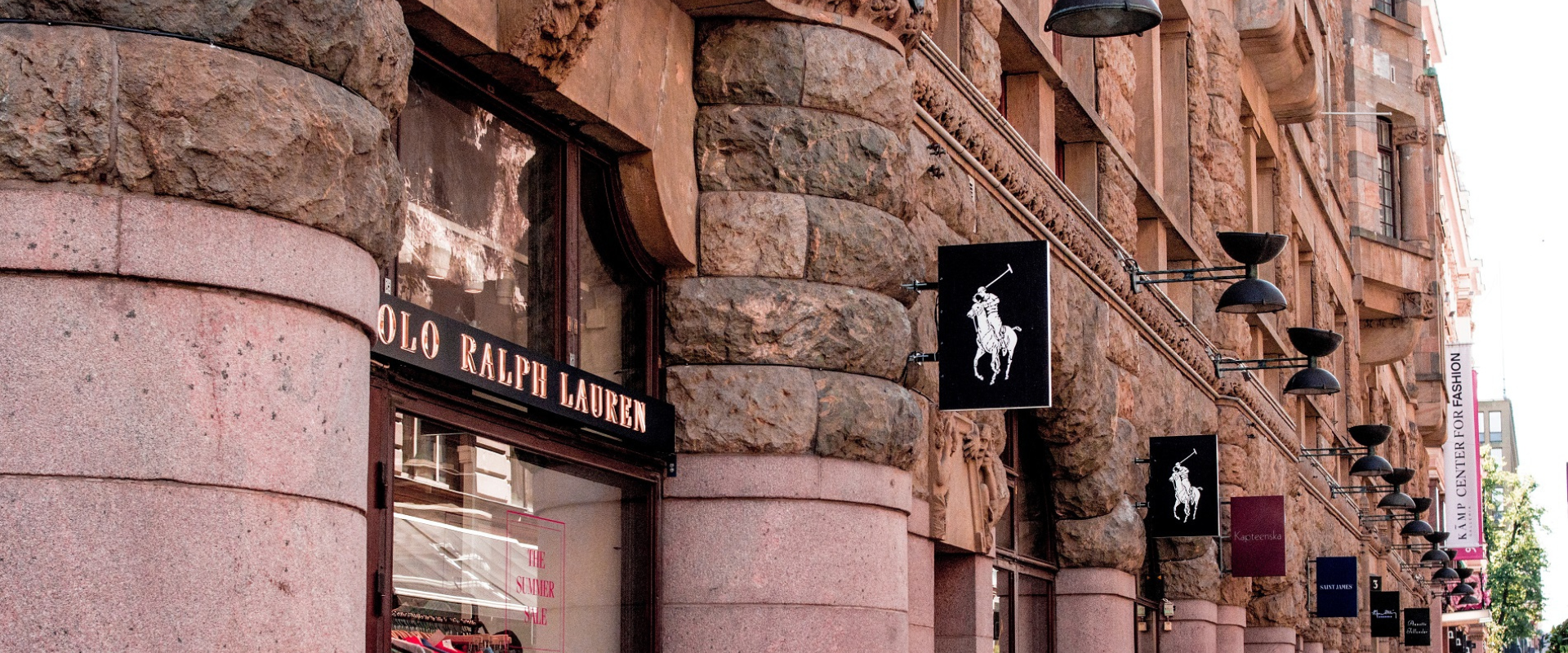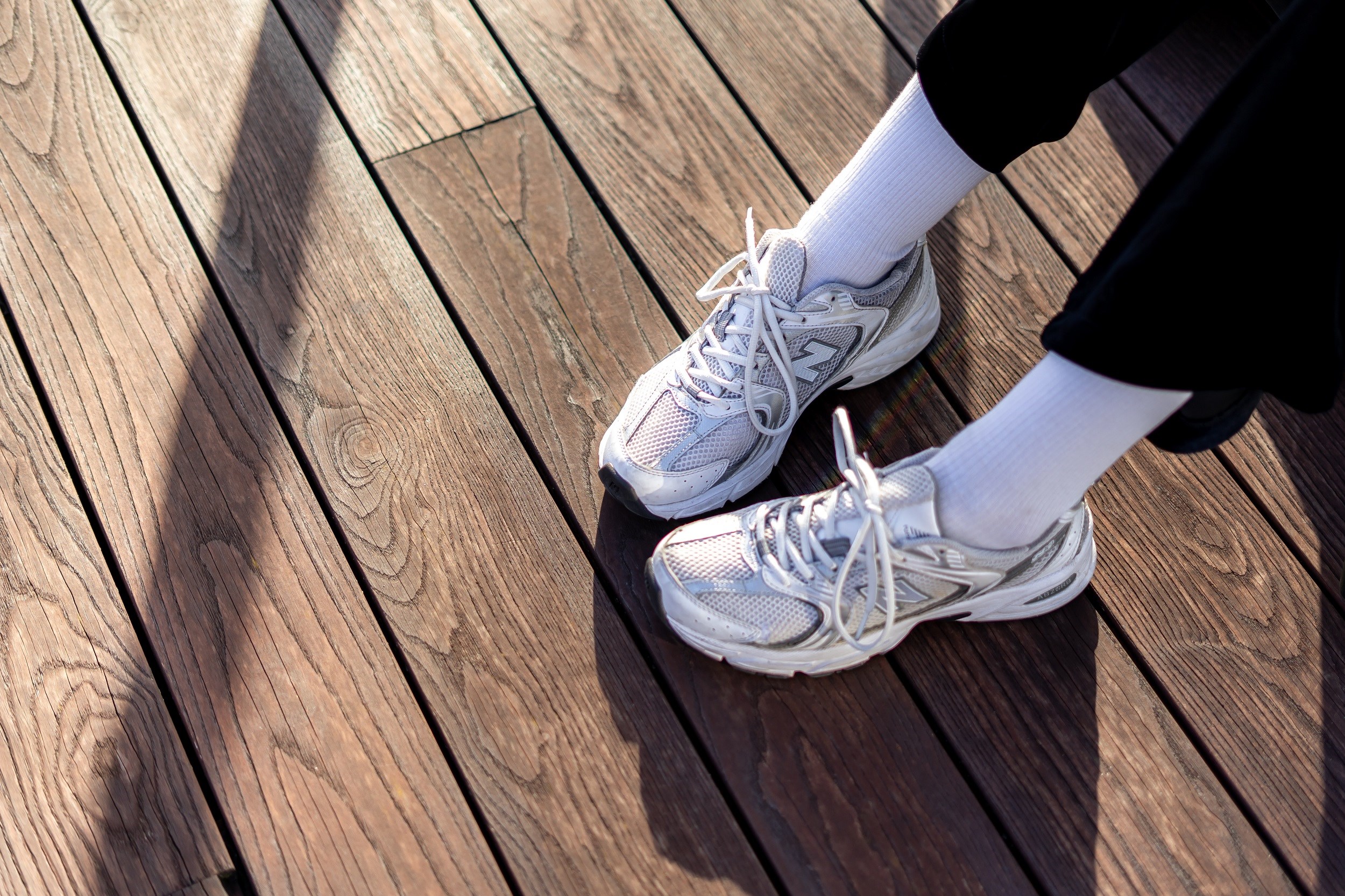Luxury brands need to have protecting their cachet at the heart of their business models.
In a sense this statement is circular - a luxury brand instils desire in the marketplace by signifying prestige; the current use of cachet evolved from its original meaning of a symbol or seal to signify the importance or prestige of the sender. However, this circularity does not overstate the importance of the brand and the values it conveys in the luxury sector, where brand is everything.
A SOCIAL SHIFT
A luxury brand’s need to hold its values tight does not, however, mean that it cannot evolve. Rather, if its use and meaning does not develop, it risks being usurped by rivals and alternatives which suit the zeitgeist better. This challenge is no better demonstrated than by an examination of luxury brands’ social media engagement.
It took decades for certain luxury brands to enter the high street, and of course some never have. Part of protecting their prestige has been instilling a feeling of expense, scarcity and privilege. To do that they have always been fiercely protective of their trading and retail channels. This logic naturally transferred to online sales, and unsurprisingly luxury brands were not early adopters of such sales routes.
Of course, the early adopters were instead the less reputable market elements - the counterfeiters. Luxury brands’ problems with counterfeiting are perennial and, whilst the forum may have changed, ongoing. For years it seemed that online marketplaces offered counterfeiters a direct route to market with the unofficial blessing of the platform owners. Certainly, the frustration felt by luxury brands as they tried to involve the marketplaces in their seemingly futile attempts to hold back the tide of infringements did occasionally spill over in litigation aimed at eBay, Amazon et al.
WAKING UP TO OPPORTUNITY
Social media was originally also a medium undervalued by luxury brands. However, the target market for many luxury brands are emersed in social media, and if luxury brands do not occupy the space then counterfeiters will. Now that luxury brands have woken up to the opportunities of ‘social’ though, a symbiosis is occurring. One trigger to their recognition of the value of social has been the success of fashion start-ups that have catapulted in to multi-million pound empires using social media, such as online-only retailer Gymshark.
Luxury brands have realised that their long-established model of building success through association with aspirational figures that encapsulate their brand’s values translates perfectly to social media. Using celebrities and the modern phenomena of influencers, such as Victoria Magrath (@inthefrow) has helped luxury brands re-populate the space.
GUCCI STEPS UP
Indeed, luxury brands have sought to do more than occupy the space, using social media to take the fight to counterfeiters. Taking Gucci as an example, through its engagement with #GucciGram initiative, a collaboration with Instagram artists and it has occupied ‘social’. But it has also subverted the norms of counterfeit culture in a manner suited to social media with its FAKE/NOT” campaign. This campaign, which Gucci describes as a “playful commentary on the idea of imitation” built upon its “Guccy” collection, mocking the obvious errors often displayed on fake goods.
Of course, luxury brands’ engagement with social media to challenge counterfeiters has also been driven by creative lawyers and IT experts, who can now use tools to scour social media to actively monitor counterfeits. Unfortunately, the challenges in this global game of whack-a-mole, as infringers and counterfeiters find increasingly sophisticated methods to bypass IP protection measures and avoid detection, can test the patience and budgets of even the most exclusive brands.
However, this is where social media platforms themselves come in. Afraid of having to accept liability for the infringers peddling their wares via their platforms, especially as social media sites morph into retail channels. And possibly more afraid of the luxury brands taking their advertising and retail business away from them (think Nike and Birkenstock withdrawing their partnerships with Amazon due to lack of control around counterfeits), the likes of Facebook and Amazon now seem to be taking counterfeits seriously.
FROM POACHER TO GAMEKEEPER
Indeed, Facebook and Amazon’s reaction to this pressure has been consolidated in their recent IP reports. They both have three focus areas for tackling counterfeits, which are broadly similar: robust verification and monitoring controls, brand protection tools and holding counterfeiters accountable through the court system and criminal referrals. Notably, Facebook states that partnerships with rightsholders are “critical to broader efforts to tackle IP infringement and send a clear signal.”
So now, as well as vigilantly monitoring social media to detect counterfeit activity and defend IP rights luxury brands are engaging in dialogue with the big platforms to collaborate in protecting their ever-valuable cachet, as when Gucci recently filed a joint US lawsuit with Facebook against a counterfeit seller using Instagram as a shopfront to market fake luxury items. The seller used sophisticated methods to bypass Instagram’s automated counterfeit detection methods and exploited multiple Instagram accounts to target customers.
So, looking to the challenge ahead, luxury brands should keep doing what they have always done:
- Maintain a strong IP portfolio including registered trade marks, designs and copyright protection;
- Introduce anti-counterfeiting mechanisms such as specific, unseen, features or digital tags, which allow for the quick detection of counterfeit goods; and
- Engage in robust monitoring and enforcement both online.
Now more than ever, luxury brands should be engaging with social media platforms and online marketplaces using their commercial muscle to seek collaborations to share the expense and effort of policing and protecting their most valuable assets.
This article was originally published by the Luxury Law Alliance.


